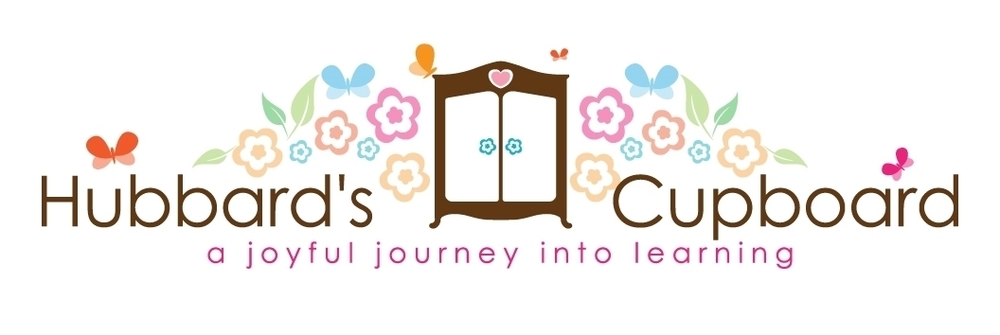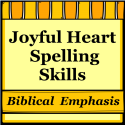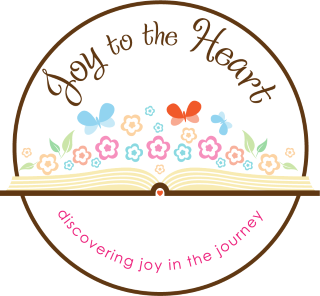Guided Reading
During shared reading in the kindergarten classroom, teachers guide the entire class through stories with a high level of support. It is considered guided reading at this level. In order to continue meeting the needs of beginning or emergent readers, many kindergarten teachers are also incorporating modified aspects of the guided reading used in most first grade classrooms.
Guided reading has many of the same components as shared reading. However, it is conducted with a smaller number of students and focuses more on the individual reading needs of each child. During guided reading, teachers work with students at their instructional level to guide them in using the context, visual, and structure cues within stories to generate meaning. By using instructional level texts that gradually increase in difficulty, students apply strategies in context and feel successful! The end goal, as with any literacy component used in kindergarten, is for students to become confident, proficient readers who LOVE to read!
Guided reading in kindergarten can be conducted one on one or in small groups using books with predictable text, decodable text, books containing a large number of sight words, specially leveled books in a series, or trade books. Teachers in a half day setting may meet with each guided reading group once or twice a week while full day kindergarten classrooms may be able to meet daily.
Below are some resources that should be helpful for starting guided reading in the kindergarten classroom...
Skills and Strategies to Focus On
Leveling Books
Running Records
Where to Find Leveled Sets of Emergent Readers
Blackline Masters for Non Leveled Emergent Readers
Take Home Book Boxes
More Guided Reading Resources and References
Skills and Strategies to Focus On:
These are just a few areas in which to help students with during guided reading...
- tracking print left to right and word by word
- one to one matching
- using picture cues
- applying letter and sound knowledge in context
- activating prior knowledge
- recognizing and reading sight words
- predicting and inferring
- attending to concepts of print (spacing, capitalization, punctuation)
- retelling a story with sequence and story elements (characters, setting, beginning, middle, end)
- self correcting
Reading Cues - P rompts and strategies for 'during reading' to help beginning readers
Leveling Books:
Reading Recovery, Fountas and Pinnell, and different publishers have varying leveling systems. How do educators compare levels and use books from different sources? How do we level books that currently do not contain a level? Check out the informative links below!
Characteristics for Book Levels - The traits for each book level, as determined by Fountas & Pinnell, are described on page 5 of this PDF document published by CIERA. This is also a great place to refer to when leveling books and booklets that have not been previously leveled.
Scholastic Book Wizard - allows you to search for books by author, title, or keyword and provides information for each book on on interest and grade level
Running Records:
Running records are used to assess and record what cueing systems students are currently using while reading. It also helps to determine the difficulty level of the text they are reading and assists teachers in accurately matching students to instructional level materials.
Running Records - free, printable form
Assessment Tips - From Reading A-Z
Running Record Calculator - from the University of NC
Running Record Calculator
Where to Find Sets of Leveled Emergent Reader Books:
Printable Booklets - some free and some for a fee from Reading a-z
Creative Teaching Press - I especially like CTP's Learn to Read Series (predictable, engaging text for early readers)! The Sight Word Readers and Dr. Maggie's Phonics Readers (decodable) are also good from CTP.
Scholastic Guided Reading
Wright Group
Take Home Readers - from Keep Books
Black Line Masters for Non Leveled Emergent Reader Booklets:
StarFall On Line Readers - on line decodable books and free booklets for teachers
Printable Booklets for Emergent Readers - booklets to correspond with story lessons, sight words, word families, and concepts (all here at Hubbard's Cupboard!)
Make Your Own Mini Books - printable booklets from DLTK
Single Page Stories for Kindergarten and 1st Graders - from Clark Ness
- 25 Emergent Reader Mini-Books (Grades K-1) by Maria Fleming
- Pocket Charts for Emergent Readers (Grades K-1) by Valerie Schifferdanoff
- 25 Science Mini-Books for Emergent Readers (Grades K-1) by Carol Pugliano-Martin
- 20 Sing-Along Mini-Books for Emergent Readers: Sweet and Simple Stories That Can Be Sung to the Tunes of Favorite Children's Songs by Maria Fleming
- 25 Holiday & Seasonal Emergent Reader Mini-Books (Grades K-1) by Maria Fleming
- Take Home Books: Math by Karen P. Hall
- Take Home Books: Science by Karen P. Hall
- Take Home Books: Social Studies by Karen P. Hall
- Take Home Books: Fun and Fantasy by Karen P. Hall
- Look, Look, I Wrote a Book: Reproducible Little Books for Emergent Readers by Linda Ball
Take Home Book Boxes:
Sample Home Poems and Booklets Letter - a PDF from Hubbard's Cupboard. I sent this letter home with the book boxes that each child made. The boxes were used to store copies of poems, reproducible booklets, and retelling booklets that we read many times in class and corresponded to our shared reading stories. You could send a similar note home with your students' book boxes and use the boxes to store their reproducible leveled readers. Boxes can be made from shoe boxes, dry laundry detergent boxes, bakery boxes, etc.! The goal of the take home book boxes is to provide/extend appropriate reading materials in the home and to encourage reading at home!
More Guided Reading Resources and References:
Making Guided Reading Work - a wonderful PDF article written and shared by Lori St. Amand & Chris Binicki - explains in detail how to introduce literacy centers, how to implement guided reading, and guided reading concepts to focus on in a half day Kindergarten classroom
Guided Reading in First Grade -from eHow
Guided Reading Workshop- for elementary classroom teachers, info, printables, and video
- Guided Reading : Good First Teaching for All Children by Irene C. Fountas, Gay Su Pinnell
- Matching Books to Readers: Using Leveled Books in Guided Reading, K-3 by Gay Su Pinnell, Lois Bridges Bird, Irene C. Fountas
- Guided Reading: Making It Work (Grades K-3) by Mary Browning Schulman, Mary Browning Shulman, Carleen dacruz Payne
- Balancing Literacy: A Balanced Approach to Reading and Writing Instructions Gr. K-2 by Dr. Margaret Allen
- An Observation Survey Of Early Literacy Achievement by Marie M. Clay
- The Teacher's Guide to the Four Blocks by Patricia Cunningham, Dorothy Hall, & Cheryl Sigmon










